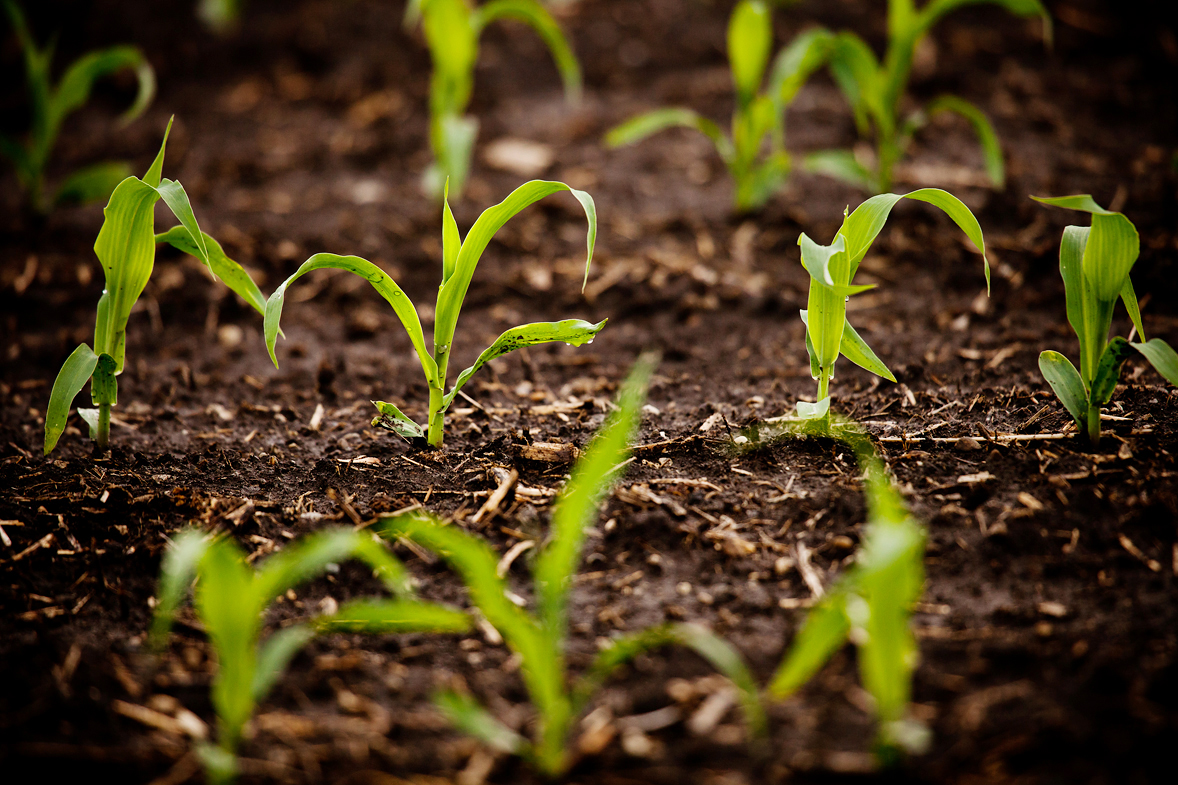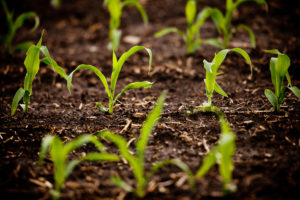Krishna Niyogi, a faculty scientist in Molecular Biophysics and Integrated Bioimaging (MBIB) and chair of the Department of Plant and Microbial Biology at UC Berkeley, identified a protein called Photosystem II Subunit S (PsbS) involved in regulating photosynthetic light harvesting and hypothesized that increasing the amount of this protein in a plant might make photosynthesis more efficient. In collaboration with researchers at University of Illinois, Urbana, he put this theory to the test. In field trials, the researchers found that increasing the expression of the gene for PsbS, which is found in all plants, improved crops’ water-use efficiency—the ratio of carbon dioxide entering the plant to water escaping—by 25 percent, without significantly sacrificing photosynthesis or yields. The extra PsbS protein tricks plants into partially closing their stomata, the microscopic pores in the leaf that allow water to escape. The study, published March 6 in Nature Communications, is part of an international research project, Realizing Increased Photosynthetic Efficiency (RIPE), supported in part by the Bill & Melinda Gates Foundation. Read more at UC Berkeley News.
Was this page useful?
Send





